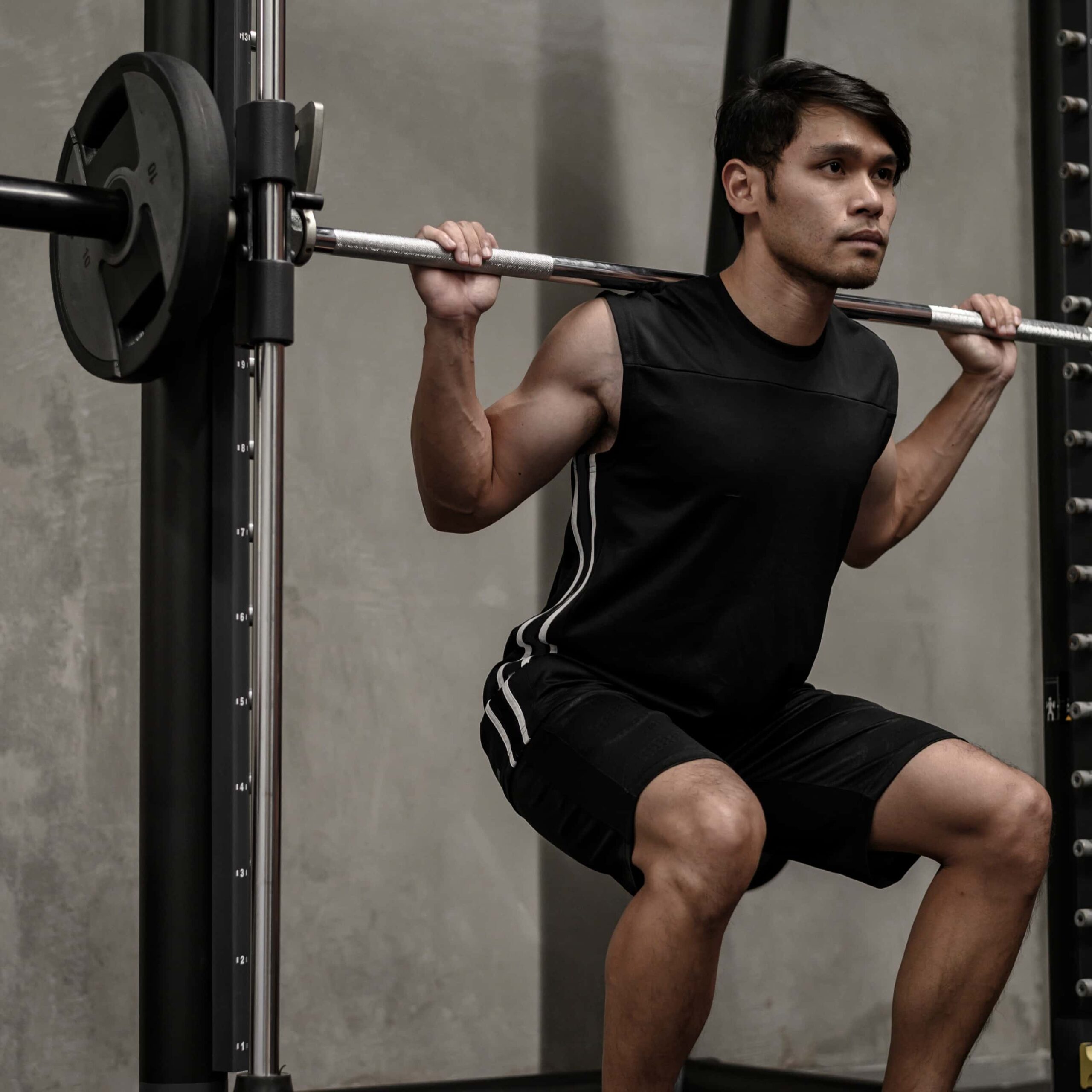Strength Training For Women
25th Jun 21

A topic that’s often overlooked or misunderstood is strength training for women. So we’re on a mission to re-educate and inspire: strength training is for everyone, not just muscle-bound men in the weights room!
Want to move fast? Jump to the right section below…
- The Benefits of Strength Training
- How to Start Strength Training
- The Best Strength Training Exercises for Women
The Benefits of Strength Training
Strength training exercises have so many benefits, particularly for women. There are so many advantages beyond encouraging muscle growth. This form of exercise helps you to become physically stronger, but also makes you feel mentally better – more powerful, more confident and happier!
It’s true: strength training is a serious mood booster. Just one session of exercise can help to get rid of stress and anxiety and make you feel more confident and energised. Other benefits include lowering your risk of heart disease, stabilising your blood sugar, increasing your metabolic rate and lowering your blood pressure.
Strength training will also improve your bone health. And since women are at a higher risk of osteoporosis and are more likely to lose bone mass at a younger age, regular strength training is really important. Finally, strength training can help with hormonal health. It is especially beneficial during the perimenopausal and menopausal stages of life.
How to Start Strength Training
If you’re new to strength training, aim for two to three sessions per week, giving yourself plenty of time for rest and recovery. Remember to go easy on the weights. Bodyweight exercises are the best place to start, and when you are feeling more confident, you can try introducing some light dumbbells or a kettlebell.
Before you start your workout, always warm up. This is essential. Spend around five minutes warming up your body by jogging on the spot, dancing, doing star jumps, etc. Aim to raise your heart rate and feel warmer, which proves your muscles have warmed up and are ready to be pushed without the risk of injury. You should also stretch out after every single workout.
After your first few sessions, don’t be surprised if you really feel the ache. This is called DOMS (delayed onset muscle soreness). DOMS is very common if you’re new to exercise, or you’ve taken a break and have just returned to training. Even though it can be uncomfortable, DOMS proves you’ve worked out well. Expect to feel it two or three days after the workout, with the ache becoming less and less the more you train.
The Best Strength Training Exercises for Women
Ready to start strength training? Here are ten of the best exercises to try:
- Tricep dips
- Lunges
- Crunches
- Glute bridge
- Squats
- Plank
- Step ups
- Deadlift
- Seated shoulder press
- Tricep extension

Before beginning any exercise or nutrition program, consult your physician, doctor or other professional. This is especially important for individuals over the age of 35 or persons with pre-existing health problems. Exercise.co.uk assumes no responsibility for personal injury or property damage sustained using our advice.
If you experience dizziness, nausea, chest pain, or any other abnormal symptoms, stop the workout at once and consult a physician or doctor immediately.









